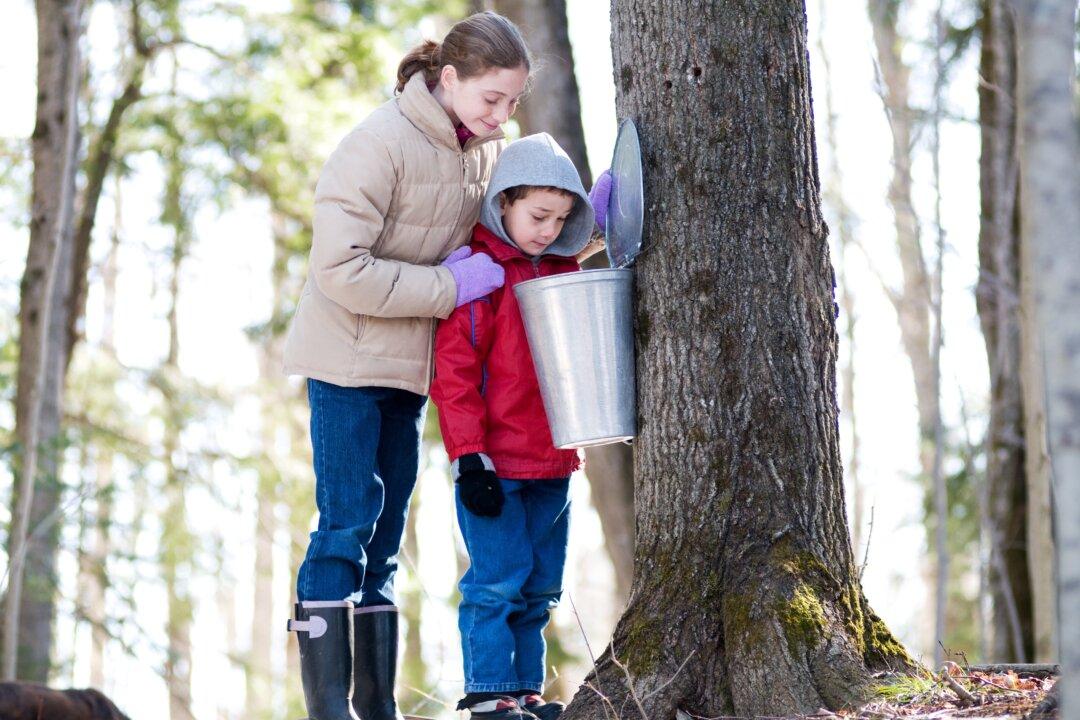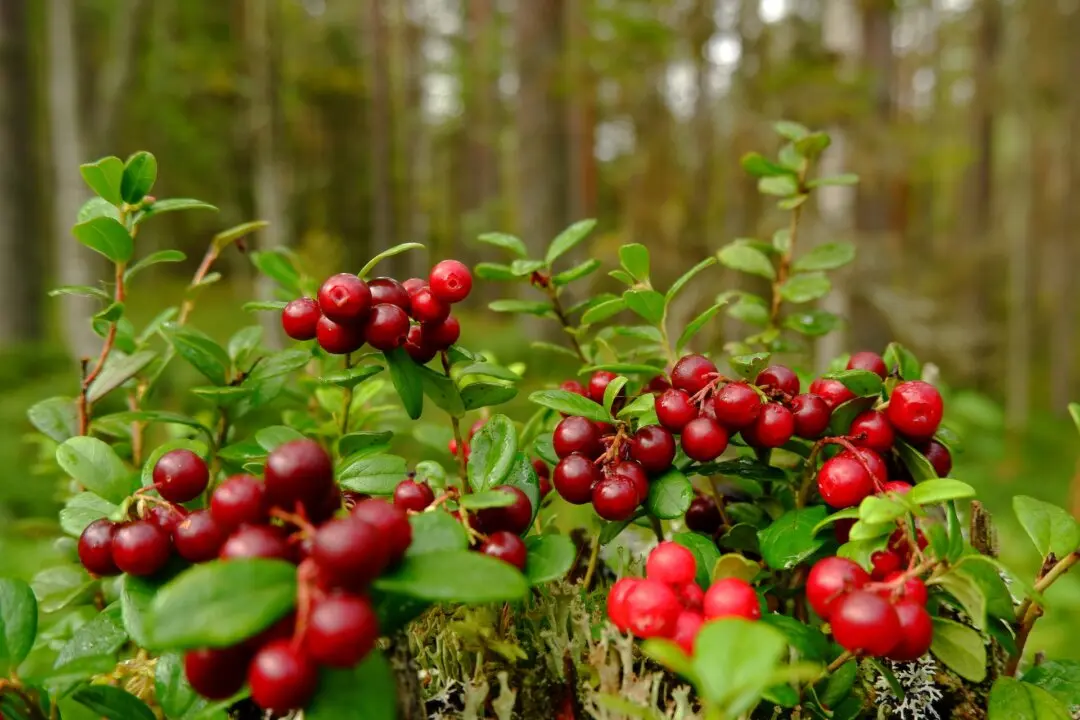A sure sign of spring is the sight of maple syrup buckets on the sides of sugar maple trees. Early settlers found that Native Americans slashed trees to collect the sap. The sap was gathered into hollowed-out logs. Freezing temperatures caused ice to form, which was removed as pure water, thus concentrating the sap. Hot rocks were also placed in the log to evaporate more water out of the sap.
The sap in a sugar maple is about 2 percent sugar, which may be high for a tree but is very low for syrup. It takes around 40 gallons of maple sap to produce a single gallon of syrup. All maple species, including silver, red, and Norway maples and even box elder trees (they are a type of maple), can be used for syrup making. Other tree species can also be used, but huge amounts of sap need to be gathered from them, and many may have tannins and other chemicals that ruin the flavor. Do your research before tapping your oak or hickory tree.





